History of Vintage Oil Lamps and Lanterns
Vintage oil lamps and lanterns have a rich history that spans centuries, illuminating the darkness and providing light in various aspects of human life. These devices were essential before the invention of electricity and continue to captivate collectors and enthusiasts today. This article explores the evolution of vintage oil lamps and lanterns, from their humble beginnings to their diverse forms and uses.
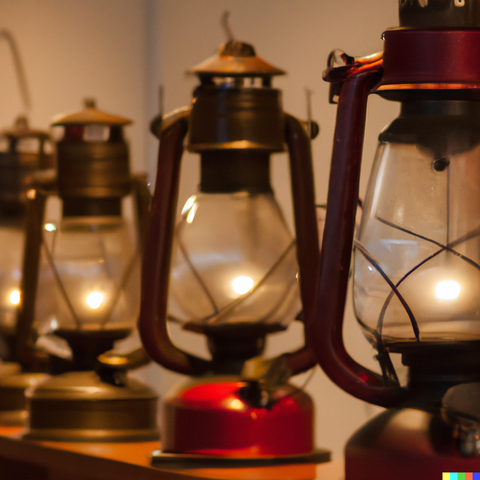
The Origin of Oil Lamps:
To understand the history of vintage oil lamps, we must delve back to ancient times. The first-known oil lamps date back to around 15,000 BC and were made from soapstone, pottery, or seashells. Initially, animal fat or vegetable oil fueled these early lamps, providing flickering light but producing a substantial amount of smoke and soot. Progressively, civilizations throughout the world began to discover more efficient ways to use oil as a fuel and improve the design of oil lamps.
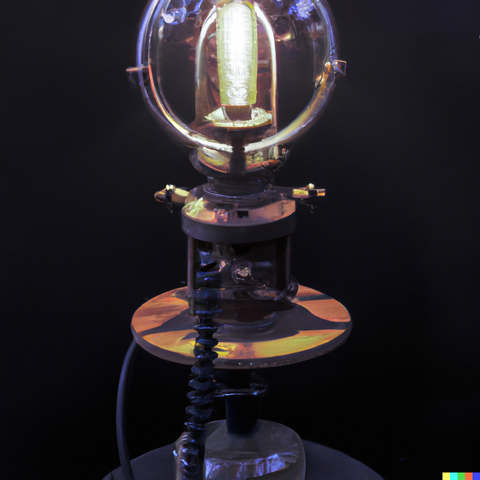
Ancient and Medieval Oil Lamps:
Ancient Egyptian oil lamps, known as Egyptian saucers, were an early creation that used linen wicks soaked in animal fat or vegetable oils. Greek and Roman oil lamps, on the other hand, adopted a more distinctive design, with clay molds incorporating a central filling hole, handle, and spout. These lamps became popular throughout the Roman Empire and contributed to the spread of civilization.
During the medieval period, oil lamps continued to evolve. Stained glass oil lamps emerged, with intricate designs and colorful patterns. These lamps were often fueled by olive oil and used in religious ceremonies and the homes of the wealthy. Additionally, clay and metal lamps were widely used by common people, showcasing the practicality and versatility of this essential lighting device.
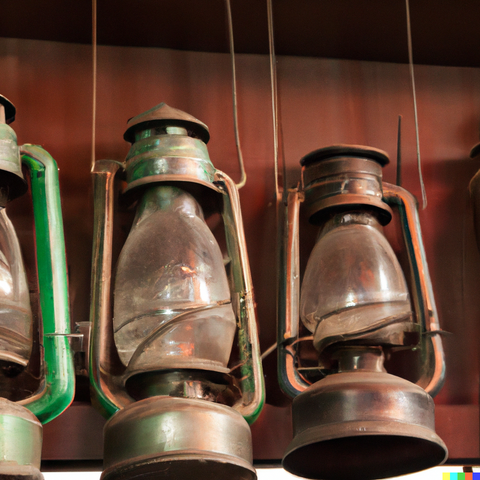
The Renaissance and Industrial Revolution:
The Renaissance era saw significant advancements in the design and functionality of oil lamps. European glassworks introduced techniques such as enamel painting and poitevin, a process used to create intricately designed glass lampshades. Oil lamps became more elegant and decorative during this period, reflecting the flourishing creativity of the time.
With the advent of the Industrial Revolution in the 18th century, oil lamps began transitioning from being luxury items to becoming more accessible and affordable. This shift was facilitated by the increased production of refined mineral oils and the proliferation of glass and metal manufacturing techniques. As cities expanded and urban populations grew, the demand for reliable and efficient lighting options skyrocketed.
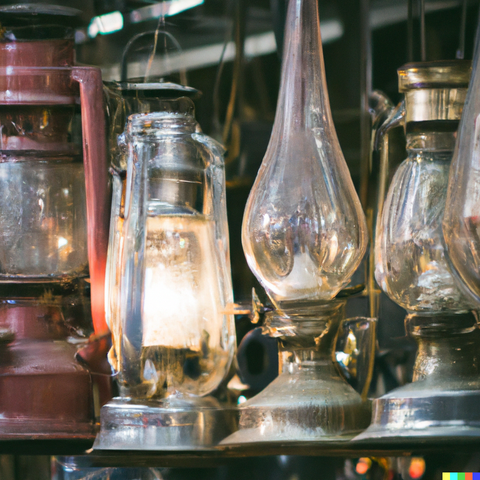
Styles and Types of Vintage Oil Lamps:
Vintage oil lamps are known for their diverse styles and designs. Some of the most notable types include:
- Argand Lamps: Developed in the late 18th century, these lamps incorporated a cylindrical wick and a chimney, providing brighter and smokeless light.
- Kerosene Lamps: Kerosene, a refined form of petroleum, became a popular fuel for oil lamps in the 19th century. These lamps often featured glass or metal bases and elaborate font designs.
- Hanging Lamps: Hanging lamps, also known as chandeliers, were prevalent during the Victorian era. These oil lamps were suspended from the ceiling and added elegance to opulent homes and public spaces.
- Railroad Lamps: Used by train conductors and engineers, railroad lamps were designed for mobility and durability. These lamps had metal frames, protective glass globes, and mechanisms to adjust the flame intensity.
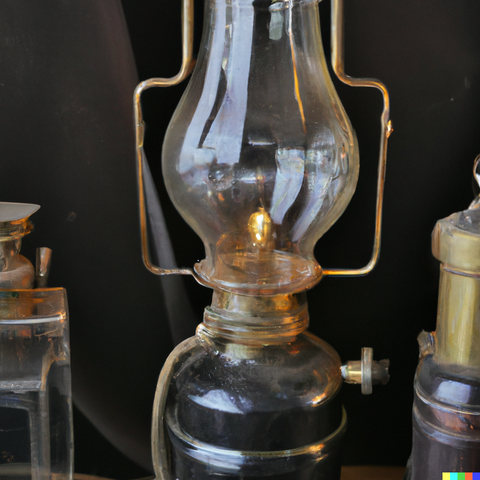
The Decline and Revival of Vintage Oil Lamps:
With the invention of the incandescent light bulb in the late 19th century, electric lighting rapidly replaced oil lamps as the primary source of illumination. Oil lamps became obsolete in most households, leading to a decline in their production and use. However, they still found utility in rural areas, where electricity was slow to reach.
In recent decades, there has been a resurgence of interest in vintage oil lamps and lanterns. Many collectors driven by nostalgia and a desire for unique and aesthetically pleasing items have sought out these artifacts. Antique stores, online platforms, and auctions have become popular sources for acquiring these treasures, with rare and unusual pieces becoming highly sought after.
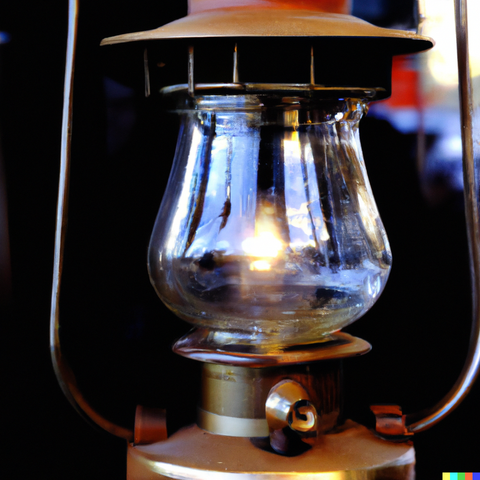
The history of vintage oil lamps and lanterns is a testament to human ingenuity, from the humble beginnings of ancient civilizations to the opulence of the Renaissance era and the practicality of the Industrial Revolution. These devices played an essential role in illuminating our world and continue to capture our fascination today. Whether for collectors, enthusiasts or as decorative pieces, vintage oil lamps remind us of our reliance on simple yet beautifully crafted objects to light our way in the darkness.
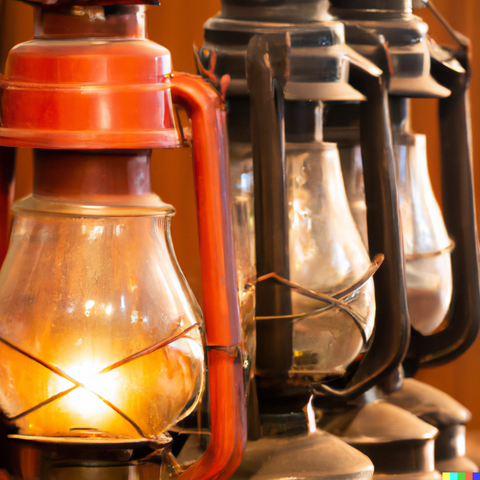







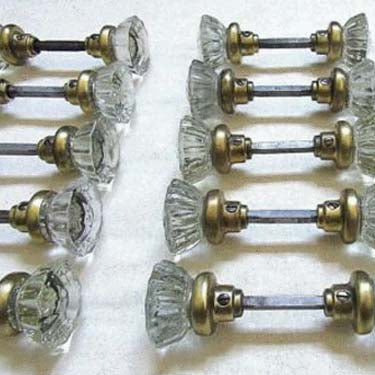



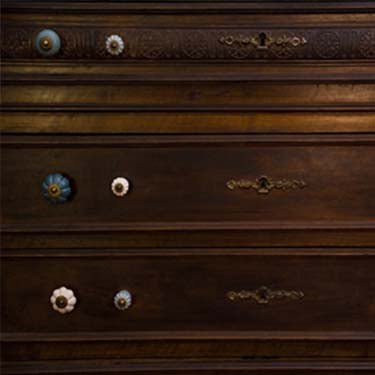



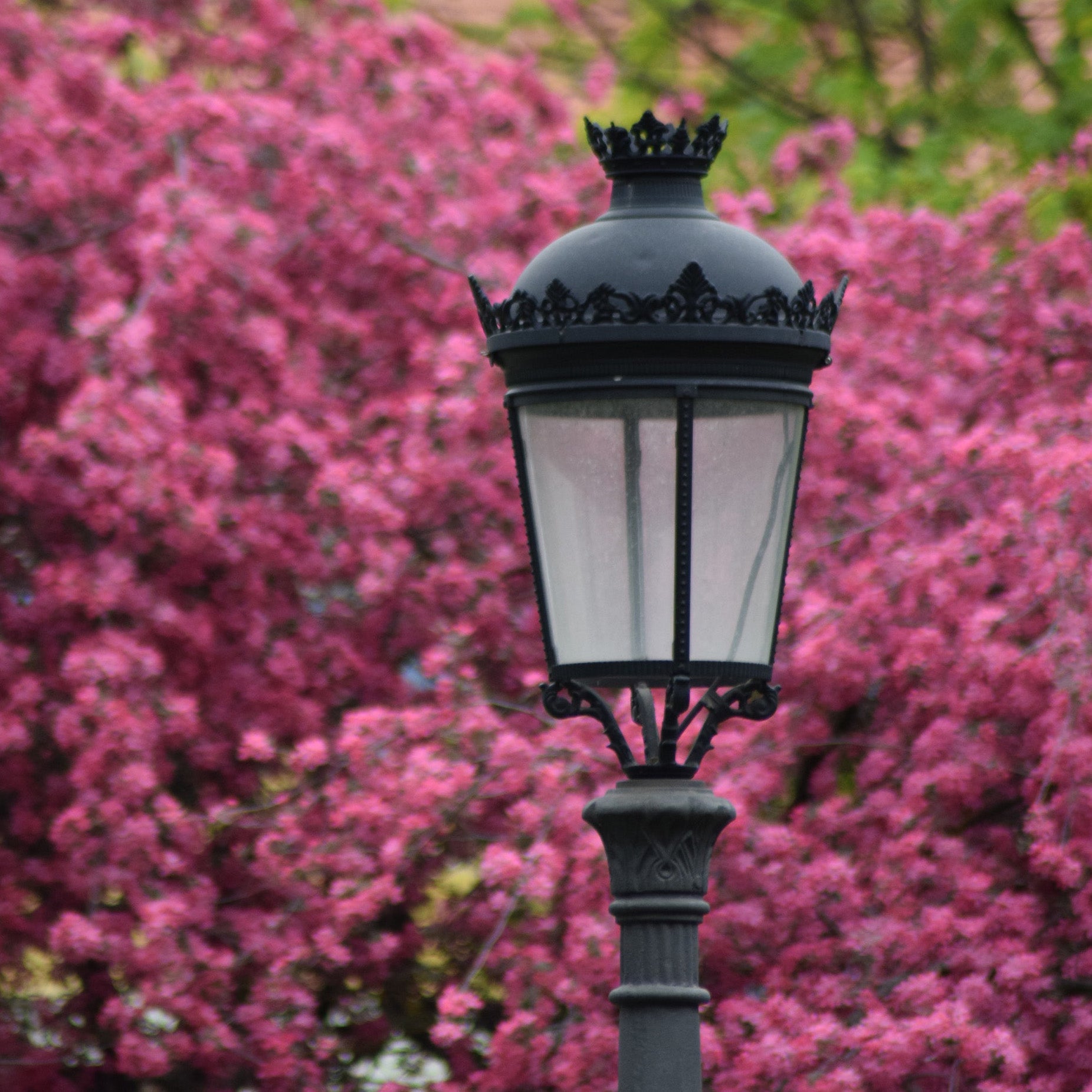
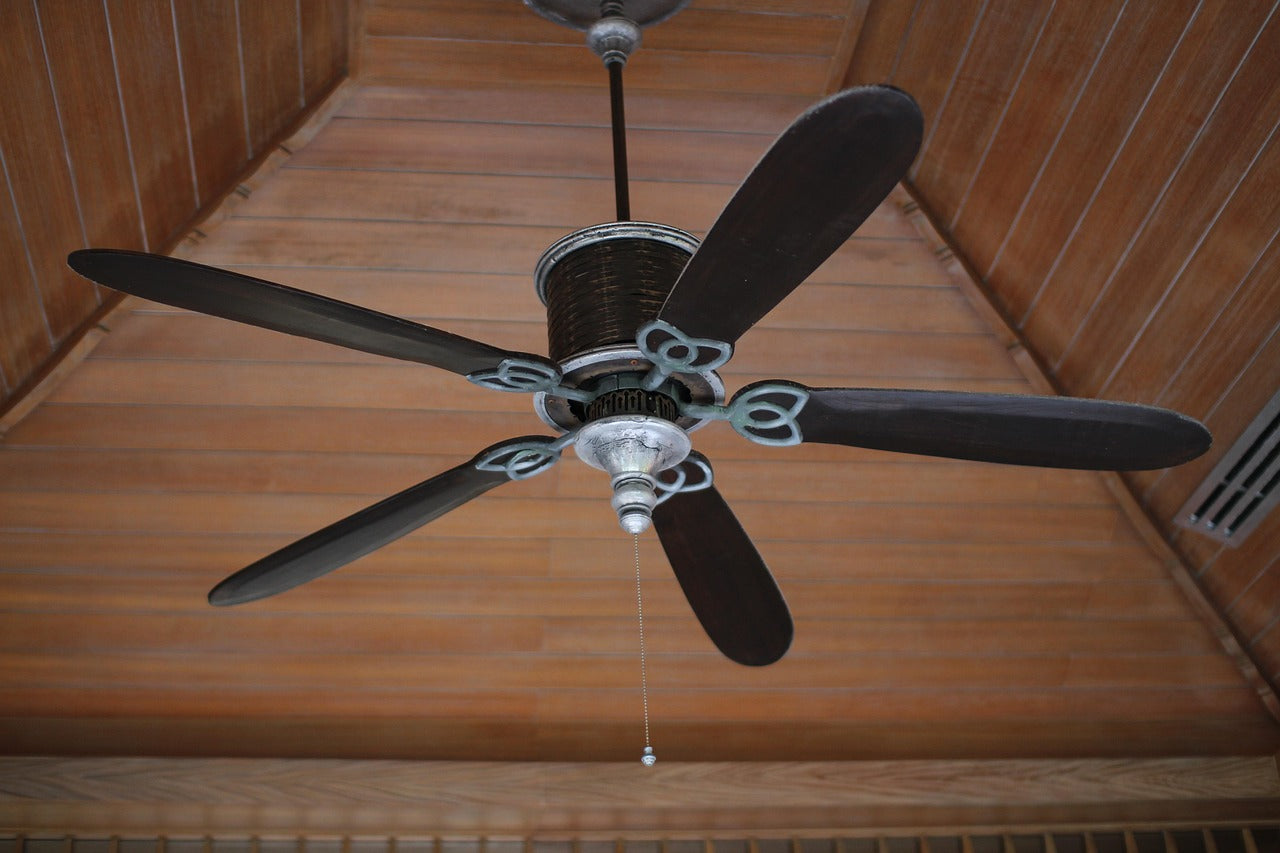
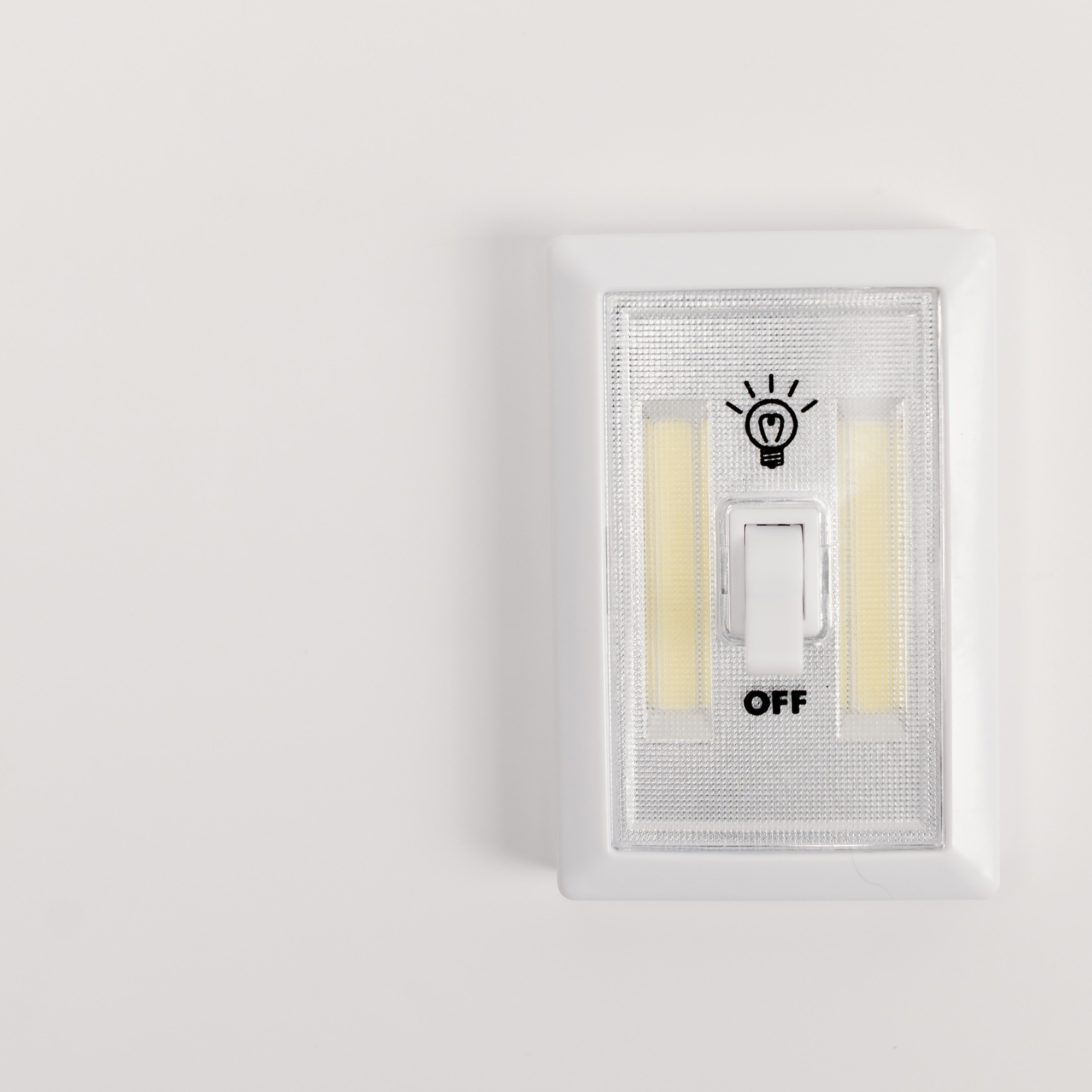



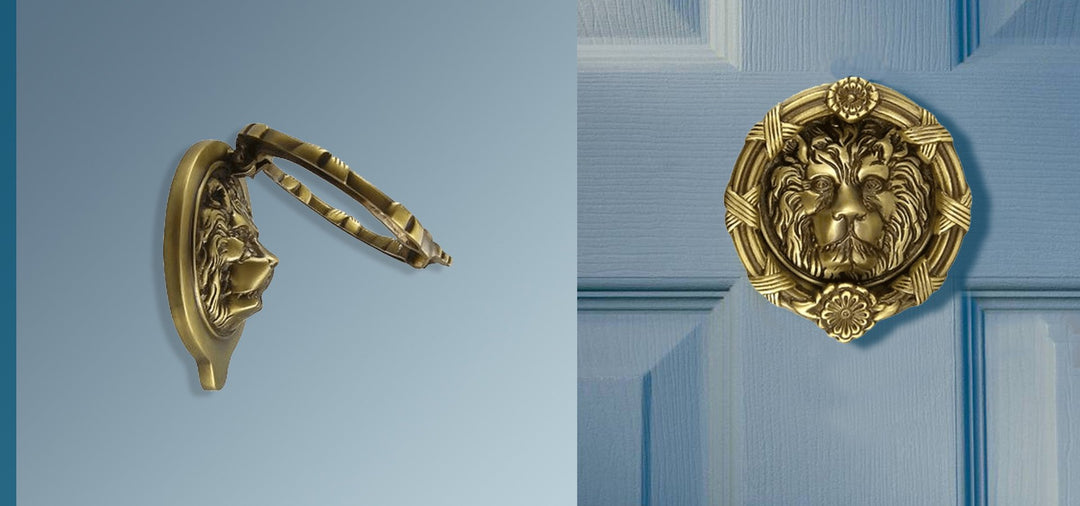
I started collecting these a few years ago. I light them every morning when I get up and it’s still dark outside. I truly enjoyed your article.
Leave a comment